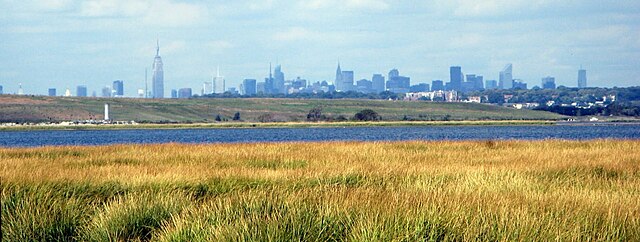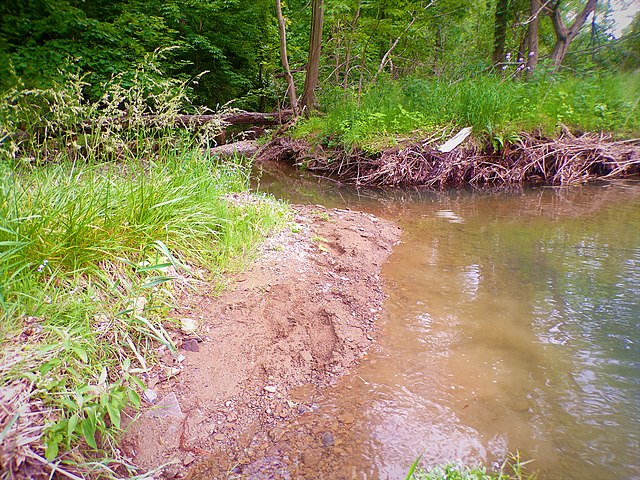Lemnoideae is a subfamily of flowering aquatic plants, known as duckweeds, water lentils, or water lenses. They float on or just beneath the surface of still or slow-moving bodies of fresh water and wetlands. Also known as bayroot, they arose from within the arum or aroid family (Araceae), so often are classified as the subfamily Lemnoideae within the family Araceae. Other classifications, particularly those created prior to the end of the twentieth century, place them as a separate family, Lemnaceae.
Lemnoideae
Duckweeds belong to the order Alismatales and the family Araceae. (a) is a phylogenetic tree based on ribulose-1, 5-bisphosphate carboxylase large-subunit genes. (b) is a schematic ventral view of Spirodela, to show the clonal, vegetative propagation of duckweeds. Daughter fronds (F1) originate from the vegetative node (No), from the mother frond F0 and remain attached to it by the stipule (Sti), which eventually breaks off, thereby releasing a new plant cluster. Daughter fronds may already initiate new fronds (F2) themselves before full maturity. Roots are attached at the prophyllum (P). (c) shows the progressive reduction from a leaf-like body with several veins and unbranched roots to a thallus-like morphology in the Lemnoideae.
Common duckweed in Galicia, Spain
Lemna minor
A wetland is a distinct ecosystem that is flooded or saturated by water, either permanently for years or decades or seasonally for a shorter periods. Flooding results in oxygen-free anoxic processes prevailing, especially in the soils. The primary factor that distinguishes wetlands from terrestrial land forms or water bodies is the characteristic vegetation of aquatic plants, adapted to the unique anoxic hydric soils. Wetlands are considered among the most biologically diverse of all ecosystems, serving as home to a wide range of plant and animal species. Methods for assessing wetland functions, wetland ecological health, and general wetland condition have been developed for many regions of the world. These methods have contributed to wetland conservation partly by raising public awareness of the functions some wetlands provide. Constructed wetlands are designed and built to treat municipal and industrial wastewater as well as to divert stormwater runoff. Constructed wetlands may also play a role in water-sensitive urban design.

Marshlands are often noted within wetlands, as seen here at the Jamaica Bay Wildlife Refuge in New York City.
Sunrise at Viru Bog, Estonia
Wetlands contrast the hot, arid landscape around Middle Spring, Fish Springs National Wildlife Refuge, Utah
Humid wetland in Pennsylvania before a rain.








